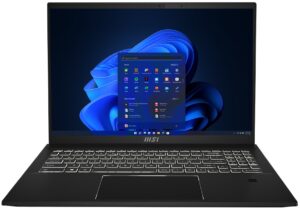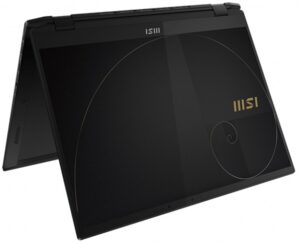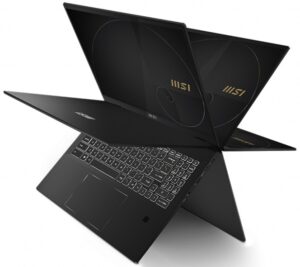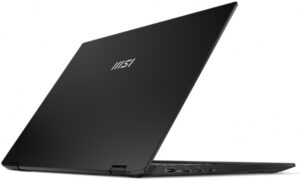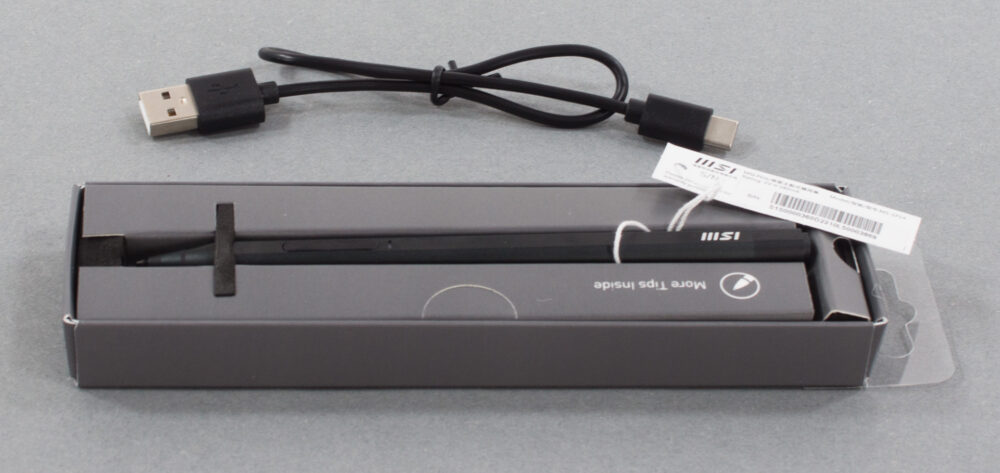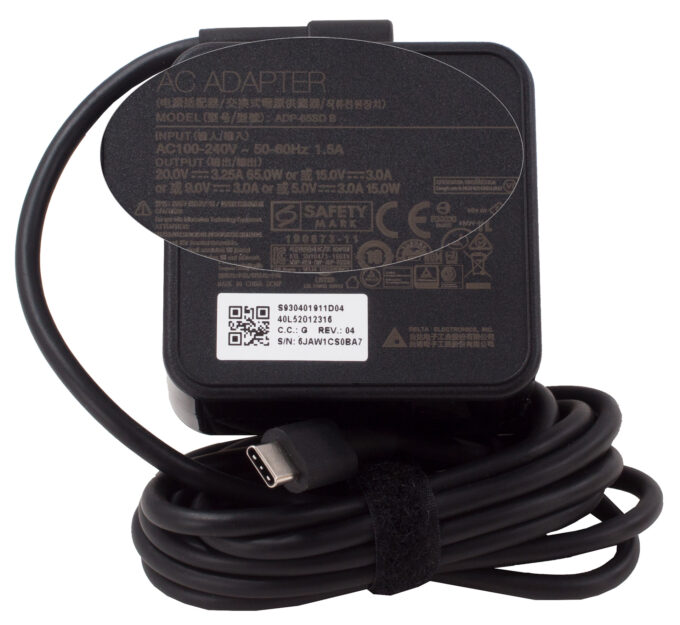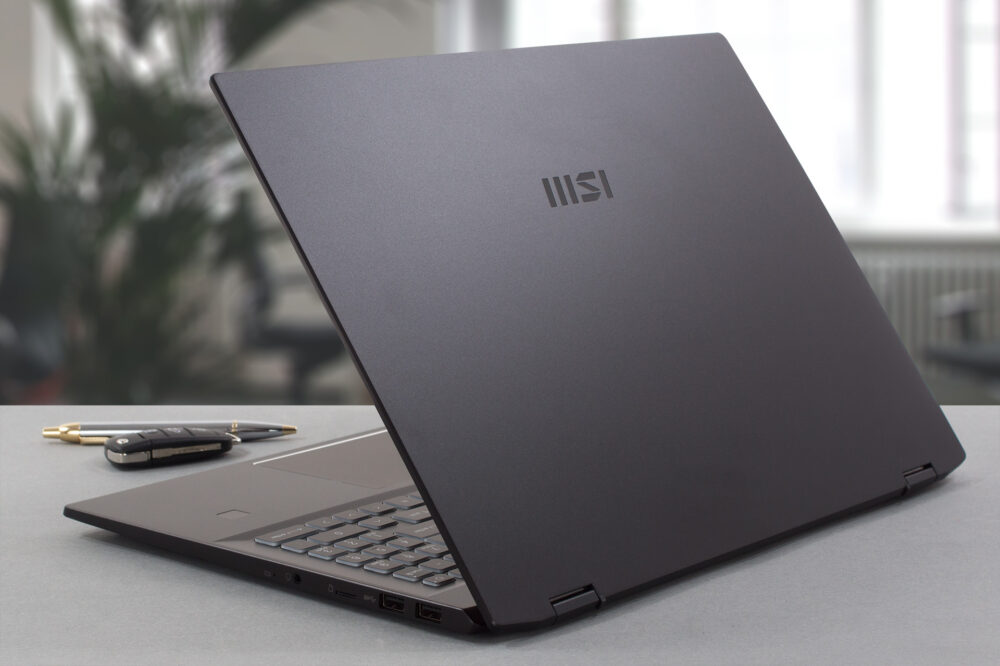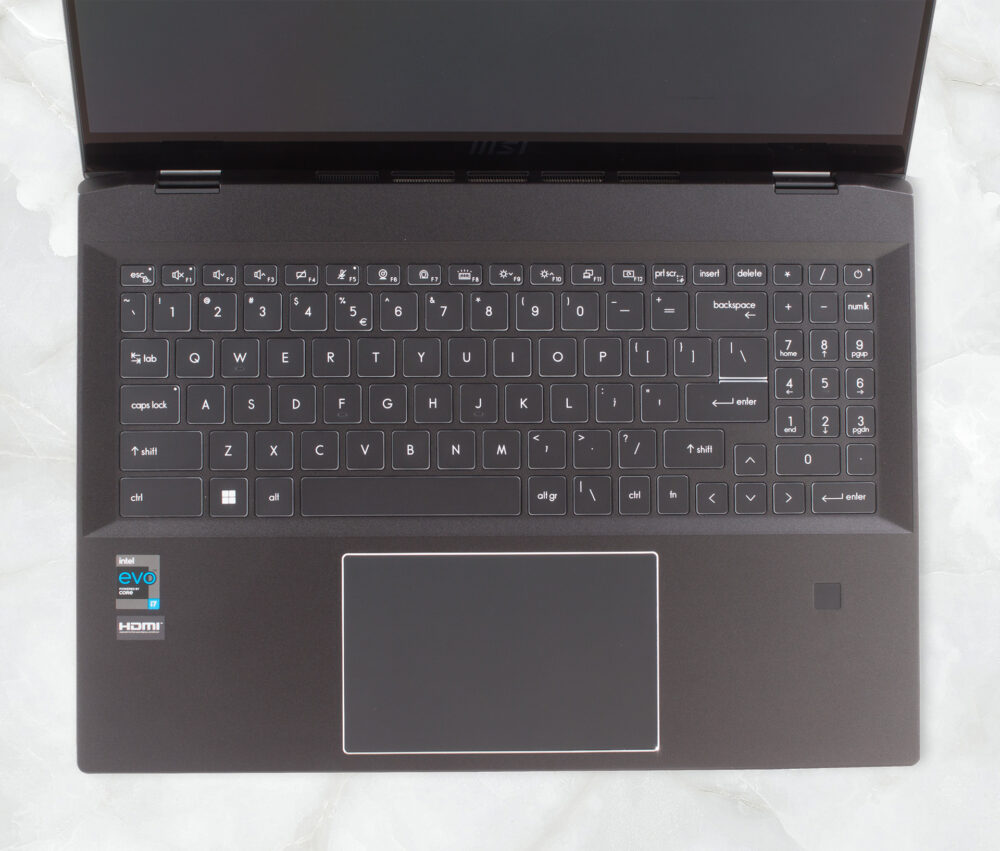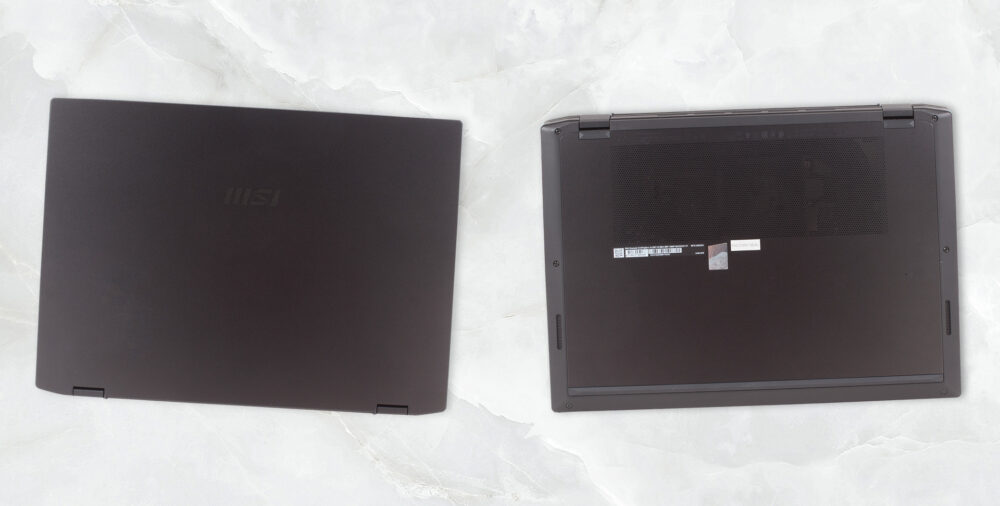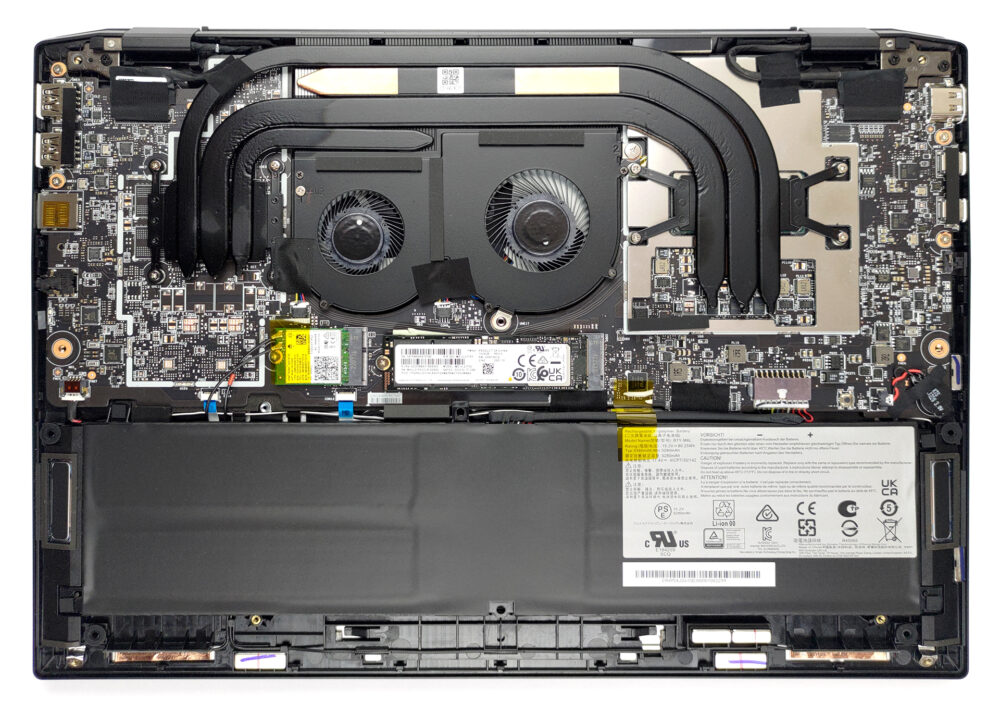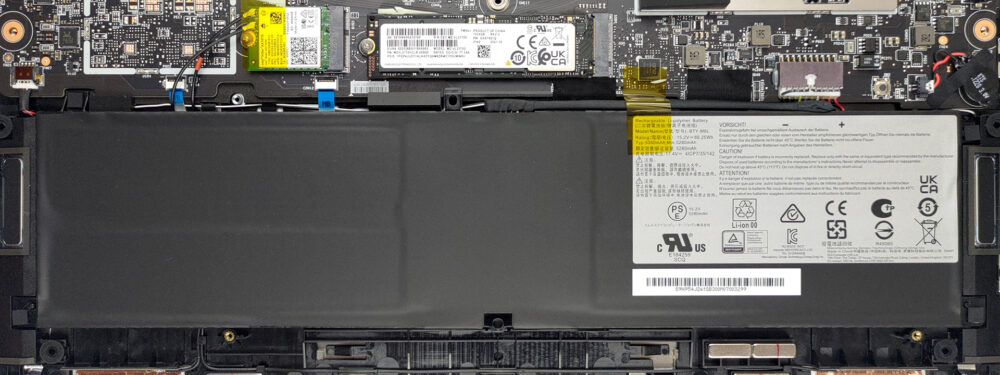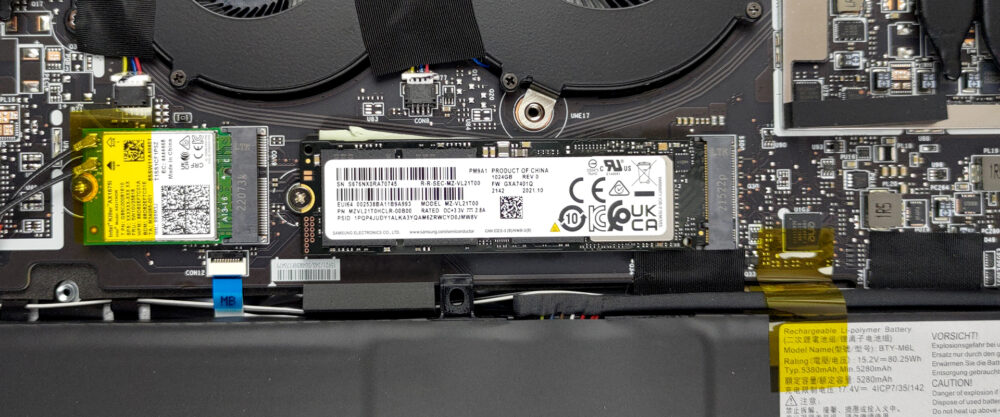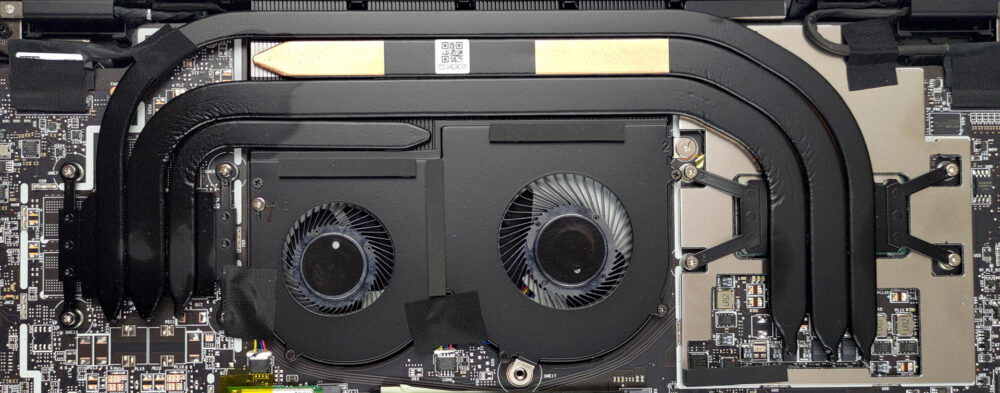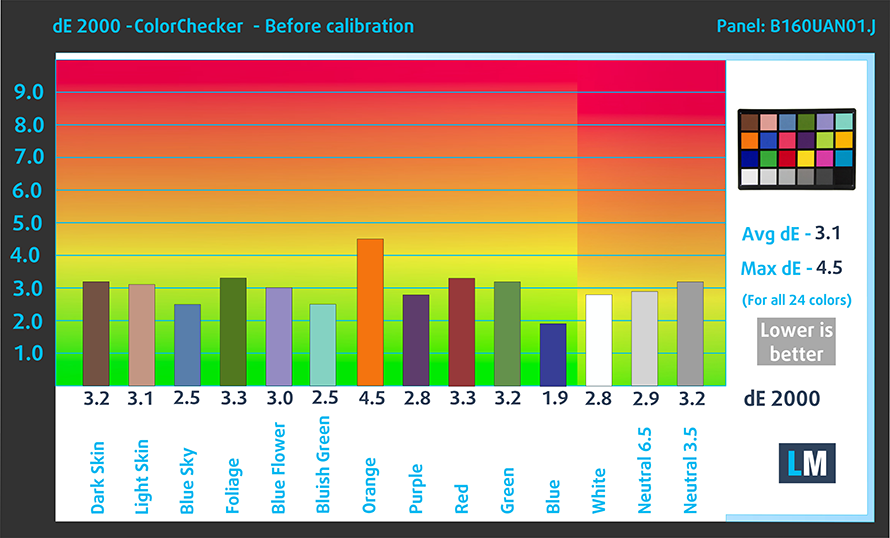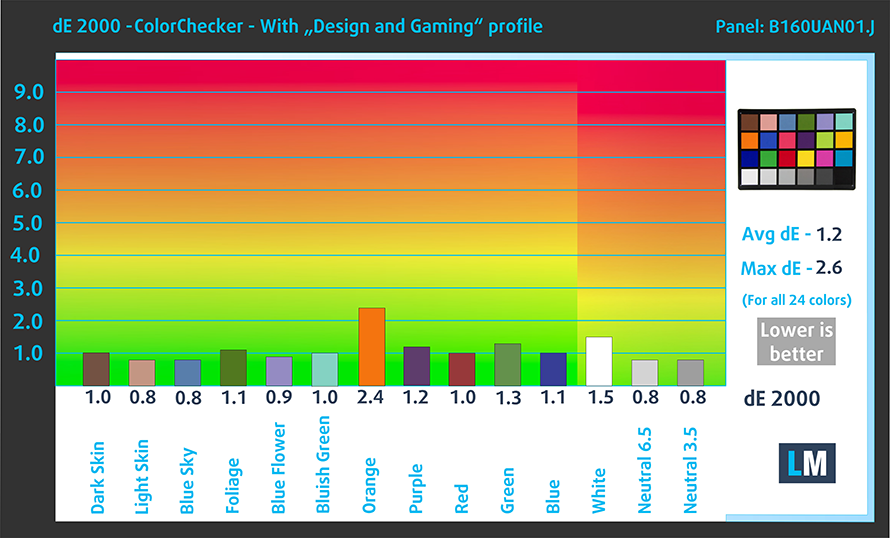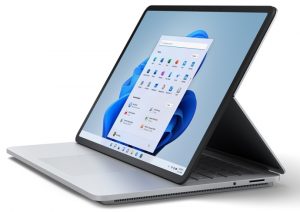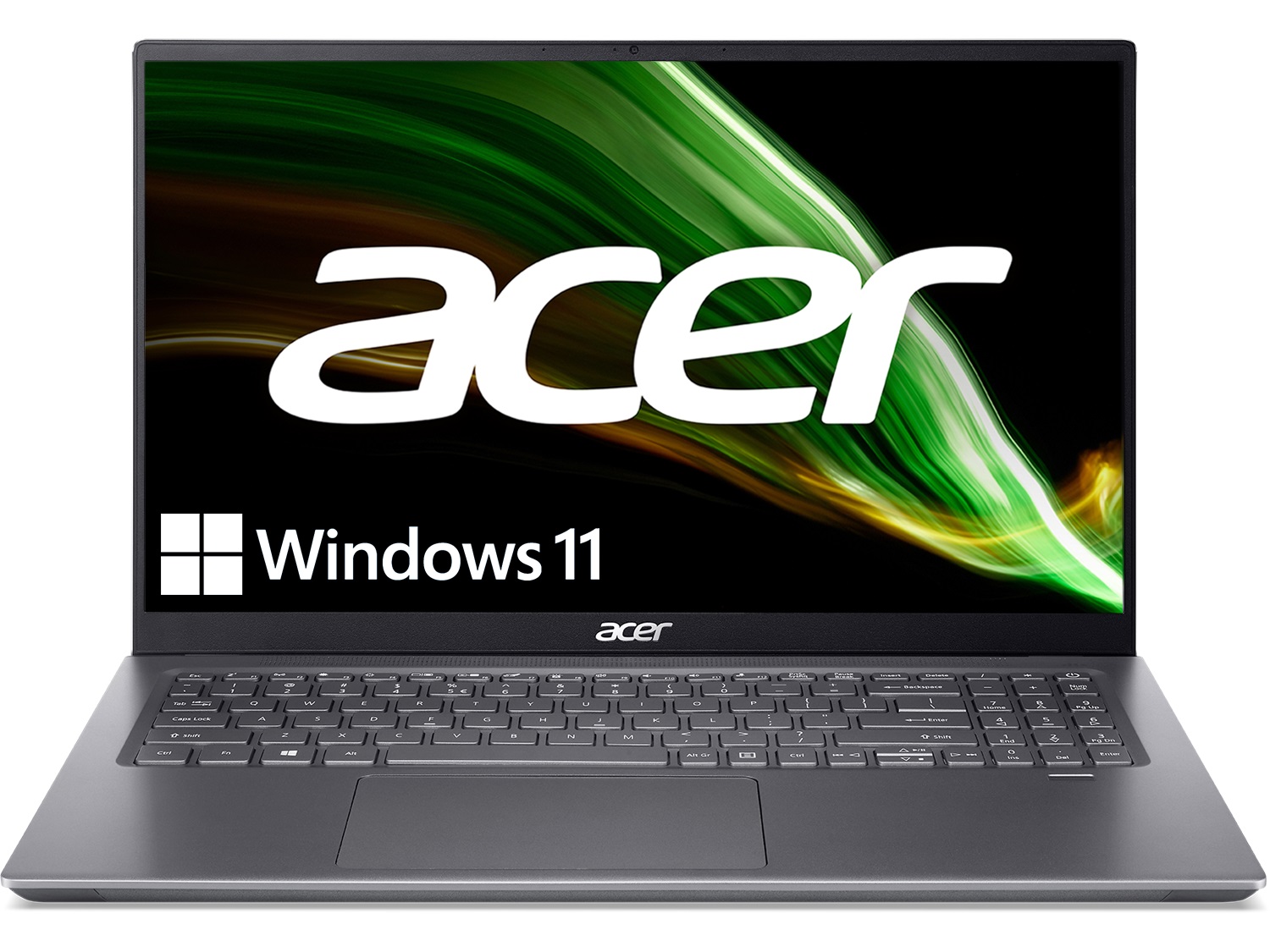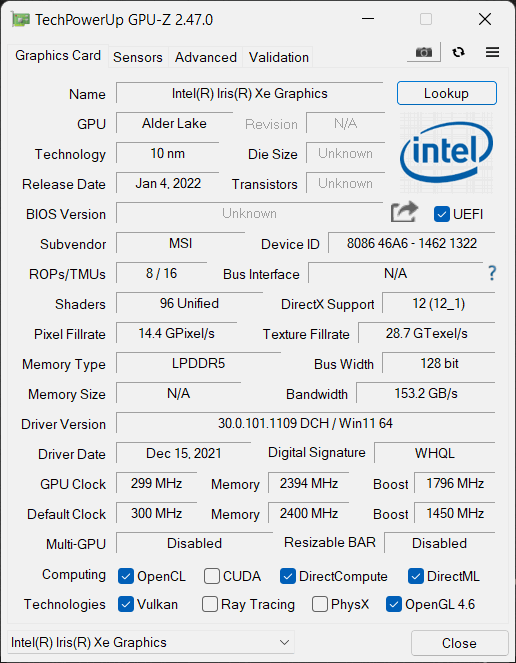MSI Summit E16 Flip Evo (A12M) review
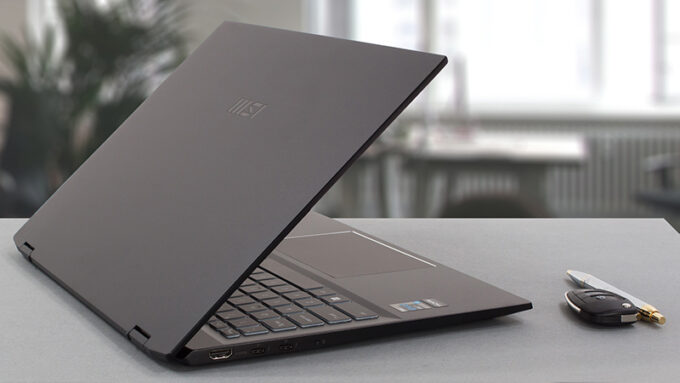 Quite frankly, the Summit brand is very young, since it has been only a couple of years before it first appeared on the mobile computer scene. However, MSI shows great attention to detail, which gives all Summit devices the good first impression they need.
Quite frankly, the Summit brand is very young, since it has been only a couple of years before it first appeared on the mobile computer scene. However, MSI shows great attention to detail, which gives all Summit devices the good first impression they need.
Furthermore, it is interesting that it appears as a premium product, but it is not that expensive, which is great for everybody. Today’s laptop in particular comes in two configurations. It is called the MSI Summit E16 Flip, and our unit is the Evo version, which lacks a dedicated graphics card. On the other hand, being part of the Evo platform ensures that you get the most out of your hardware.
You see, one of its key selling points is the display. It has a 16:10 aspect ratio, which, as you may figure, is great for productivity. Furthermore, you can choose between a FullHD+ and a QHD+ option, both of which have a 165Hz refresh rate. And this is what we were all waiting for – fast-paced screens are finally becoming standard options for non-gaming laptops.
You can check the prices and configurations in our Specs System: https://laptopmedia.com/series/msi-summit-e16-flip-12ux/
Contents
Specs Sheet
- HDD/SSD
- up to 2000GB SSD
- M.2 Slot
- 1x 2280 M.2 PCIe 4.0 x4 See photo
- RAM
- up to 32GB
- OS
- Windows 11 Home, Windows 11 Pro
- Battery
- 82Wh, 4-cell
- Body material
- Aluminum
- Dimensions
- 358 x 258.55 x 16.85 mm (14.09" x 10.18" x 0.66")
- Weight
- 1.90 kg (4.2 lbs)
- Ports and connectivity
- 2x USB Type-A
- 3.2 Gen 2 (10 Gbps)
- 2x USB Type-C
- Thunderbolt 4, Power Delivery (PD), DisplayPort
- HDMI
- 2.0
- Card reader
- MicroSD
- Ethernet LAN
- Wi-Fi
- 802.11ax
- Bluetooth
- 5.2
- Audio jack
- 3.5mm Combo Jack
- Features
- Fingerprint reader
- Web camera
- FHD
- Backlit keyboard
- Microphone
- Speakers
- 2x 2W, Stereo Speakers
- Optical drive
All MSI Summit E16 Flip (12Ux) configurations
What’s in the box?
With this device, you get the mandatory paperwork, an MSI Pen, and a charger. The Evo version of the laptop comes with a 65W USB Type-C unit, while the non-Evo option ships with a 100W USB Type-C power adapter.
Design and construction
It is good to see that the entire laptop is made out of aluminum. This, combined with the glass cover of the display, results in a very flex-resistant lid. On the other hand, the base is quite prone to flex, but it’s nothing too dramatic in our opinion.
Especially considering the 16.85mm thickness of the profile. Ultimately, this 16-incher is a bit heavy for a convertible, as 1.90 kilos can poise some strains on your forearms if you hold it in tablet mode for a long period of time.
On the other hand, it is really impressive to see the lid open with a single hand. Not only does it go all the way to the back of the device, but it also acts as a lever for the base, essentially lifting it slightly from the ground. In addition to offering more vertical space, the 16:10 aspect ratio has the hidden advantage of narrowing the top and bottom bezels of the display. Despite that, the top one still houses a Full HD Web camera with an IR face recognition scanner.
Moving to the base, we see the keyboard. It is equipped with a backlight, a NumPad section, and decently-sized Arrow keys. Thankfully, it sports good key travel and relatively clicky feedback, which makes the general typing experience pretty good.
Looking at the palm rest area, you can spot a fingerprint reader on the right-hand side. And in the middle, there is a big touchpad, which also features a glass surface, which makes the gliding experience really smooth. Not to mention that the 165Hz refresh rate of the display means that it can show your input almost instantaneously.
Now, if you turn the laptop upside down, you will find the two speaker cutouts, as well as a pretty big ventilation grill. It feeds cool air to the cooling setup, which then exhausts the warm air through a gap on the back of the base.
Ports
On the left side, there is an HDMI connector, followed by two Thunderbolt 4 ports, and a camera toggle switch, which provides a very satisfying click, when you use it. Then, on the right, you get two USB Type-A 3.2 (Gen. 2) ports, a MicroSD card reader, and an audio jack.
Disassembly, upgrade options and maintenance
To access this laptop’s internals, you need to undo a total of 7 Phillips-head screws. Then, pry the bottom panel with a plastic tool, starting from the back two corners.
Inside we see an 82Wh battery pack. It lasts for about 12 hours and 30 minutes of Web browsing, or 12 hours of video playback. If you need to remove the battery, you will have to undo all 4 Phillips-head screws that keep it attached to the chassis. Then, unplug the connector from the motherboard.
The memory here is soldered. You can get configurations of up to 32GB of LPDDR5 RAM. Storage-wise, you get a single M.2 PCIe x4 slot, which supports Gen 4 drives.
Here, the cooling comprises three heat pipes attached to the CPU, a long heat sink, and two fans. Interestingly, MSI uses the same cooling setup for the Evo version, as it does for the RTX models. This means that there is a heat spreader and another heat pipe mounted, neither of which does any work whatsoever.
Display quality
MSI Summit E16 Flip Evo (A12M) is equipped with a Full HD+ IPS panel, model number AUO B160UAN01.J (AUOA9DA). It comes with a 165Hz refresh rate. Its diagonal is 16.0″ (40.6 cm), and the resolution – 1920 х 1200p. Additionally, the screen ratio is 16:10, the pixel density – 141 ppi, their pitch – 0.18 x 0.18 mm. The screen can be considered Retina when viewed from at least 62 cm (from this distance, the average human eye can’t see the individual pixels).

Viewing angles are good. We offer images at different angles to evaluate the quality.

Also, a video with locked focus and exposure.
The maximum measured brightness is 307 nits (cd/m2) in the middle of the screen and 288 nits (cd/m2) average across the surface with a maximum deviation of 10%. The Correlated Color Temperature on a white screen and at maximum brightness is 6520K (average) – matching the 6500K optimum for sRGB.
In the illustration below you can see how the display performs from a uniformity perspective. The illustration below shows how matters are for operational brightness levels (approximately 140 nits) – in this particular case at 46% Brightness (White level = 137 cd/m2, Black level = 0.14 cd/m2).
Values of dE2000 over 4.0 should not occur, and this parameter is one of the first you should check if you intend to use the laptop for color-sensitive work (a maximum tolerance of 2.0 ). The contrast ratio is good – 950:1.
To make sure we are on the same page, we would like to give you a little introduction to the sRGB color gamut and the Adobe RGB. To start, there’s the CIE 1976 Uniform Chromaticity Diagram that represents the visible specter of colors by the human eye, giving you a better perception of the color gamut coverage and the color accuracy.
Inside the black triangle, you will see the standard color gamut (sRGB) that is being used by millions of people on HDTV and on the web. As for the Adobe RGB, this is used in professional cameras, monitors, etc for printing. Basically, colors inside the black triangle are used by everyone and this is the essential part of the color quality and color accuracy of a mainstream notebook.
Still, we’ve included other color spaces like the famous DCI-P3 standard used by movie studios, as well as the digital UHD Rec.2020 standard. Rec.2020, however, is still a thing of the future and it’s difficult for today’s displays to cover that well. We’ve also included the so-called Michael Pointer gamut, or Pointer’s gamut, which represents the colors that naturally occur around us every day.
The yellow dotted line shows MSI Summit E16 Flip Evo (A12M)’s color gamut coverage.
Its display covers 100% of the sRGB/ITU-R BT.709 (web/HDTV standard) in CIE1976.
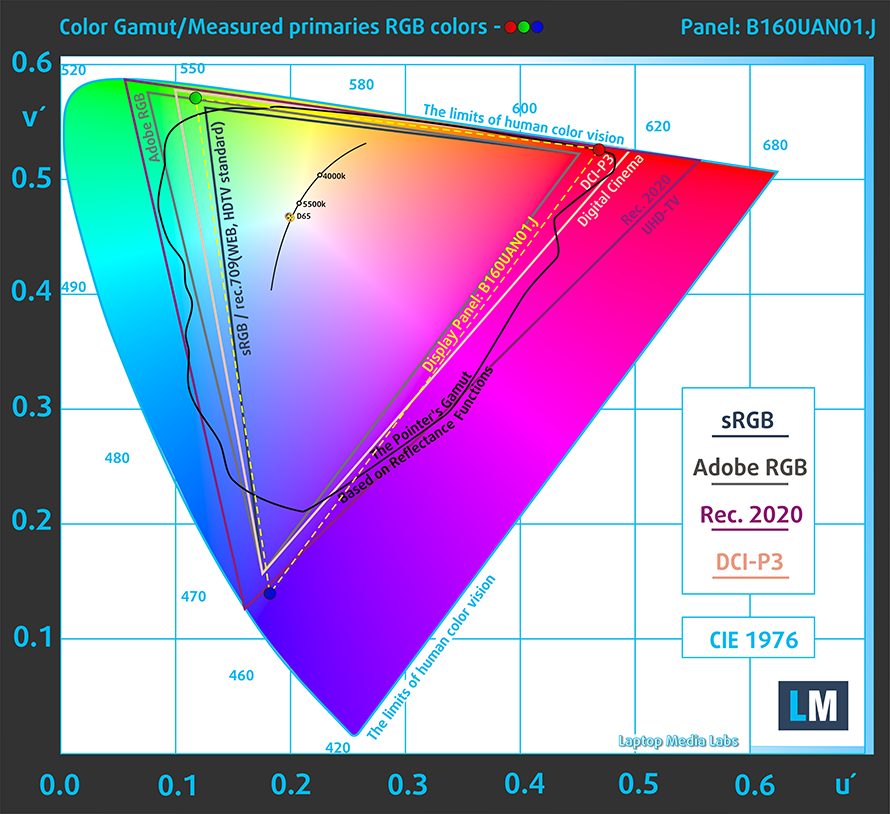
Our “Design and Gaming” profile delivers optimal color temperature (6500K) at 140 cd/m2 luminance and sRGB gamma mode.
We tested the accuracy of the display with 24 commonly used colors like light and dark human skin, blue sky, green grass, orange, etc. You can check out the results at factory condition and also, with the “Design and Gaming” profile.
Below you can compare the scores of MSI Summit E16 Flip Evo (A12M) with the default settings (left), and with the “Gaming and Web design” profile (right).
The next figure shows how well the display is able to reproduce really dark parts of an image, which is essential when watching movies or playing games in low ambient light.
The left side of the image represents the display with stock settings, while the right one is with the “Gaming and Web Design” profile activated. On the horizontal axis, you will find the grayscale, and on the vertical axis – the luminance of the display. On the two graphs below you can easily check for yourself how your display handles the darkest nuances but keep in mind that this also depends on the settings of your current display, the calibration, the viewing angle, and the surrounding light conditions.
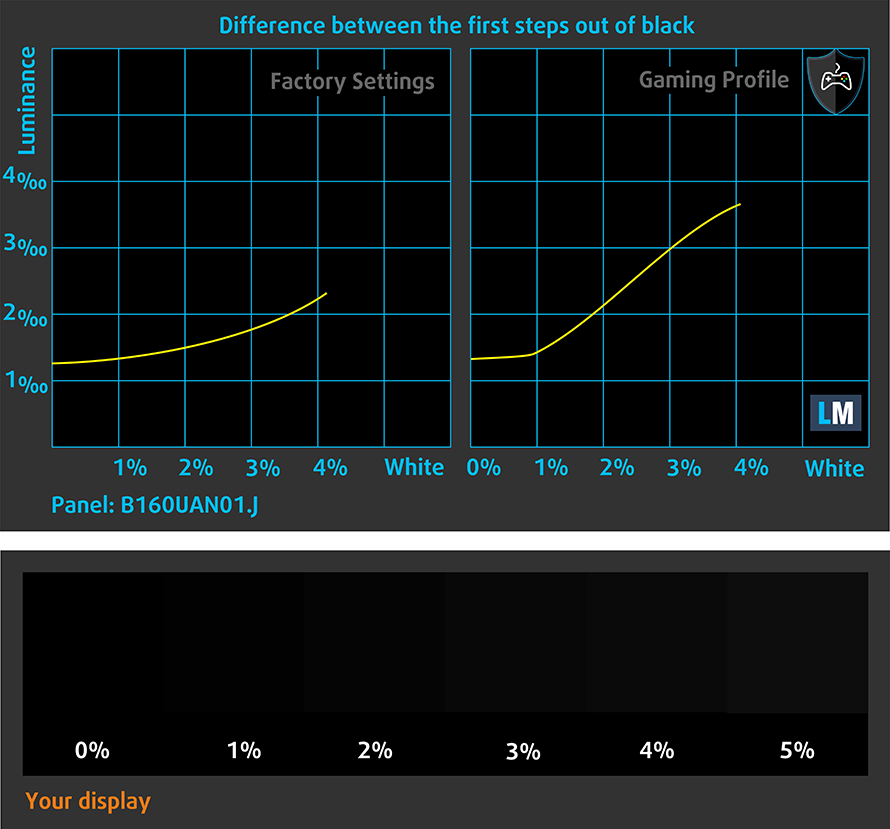
Response time (Gaming capabilities)
We test the reaction time of the pixels with the usual “black-to-white” and “white-to-black” method from 10% to 90% and vice versa.
We recorded Fall Time + Rise Time = 7 ms – sweet!
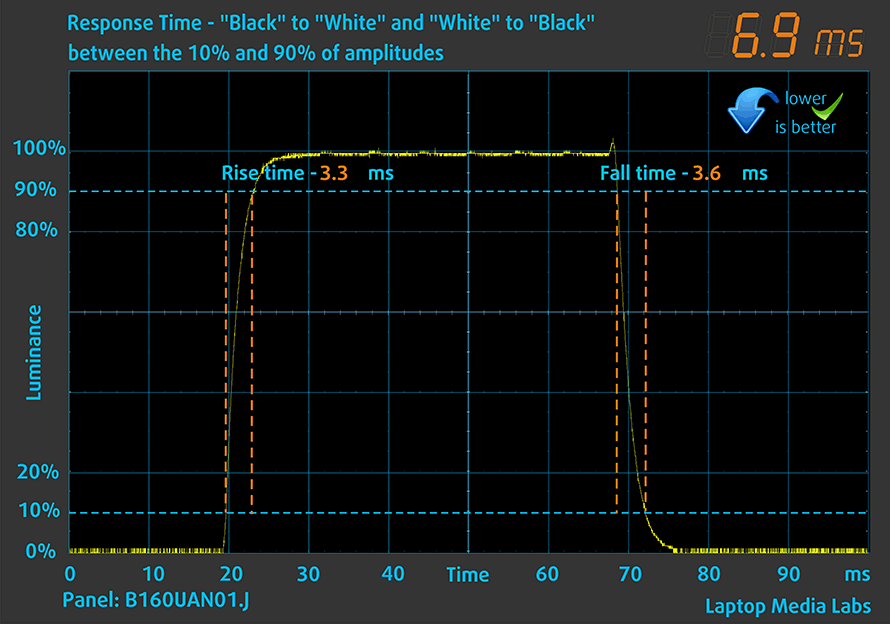
After that, we test the reaction time of the pixels with the usual “Gray-to-Gray” method from 50% White to 80% White and vice versa between 10% and 90% of the amplitude.
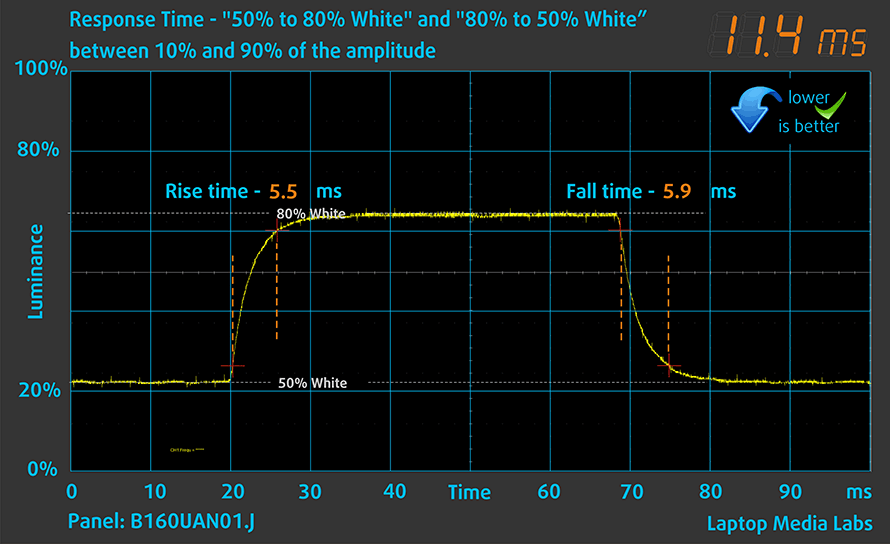
Health impact – PWM / Blue Light
PWM (Screen flickering)
Pulse-width modulation (PWM) is an easy way to control monitor brightness. When you lower the brightness, the light intensity of the backlight is not lowered, but instead turned off and on by the electronics with a frequency indistinguishable to the human eye. In these light impulses, the light/no-light time ratio varies, while brightness remains unchanged, which is harmful to your eyes. You can read more about that in our dedicated article on PWM.
MSI Summit E16 Flip Evo (A12M)’s display doesn’t flicker at any brightness level. This makes the screen comfortable for long periods of use.
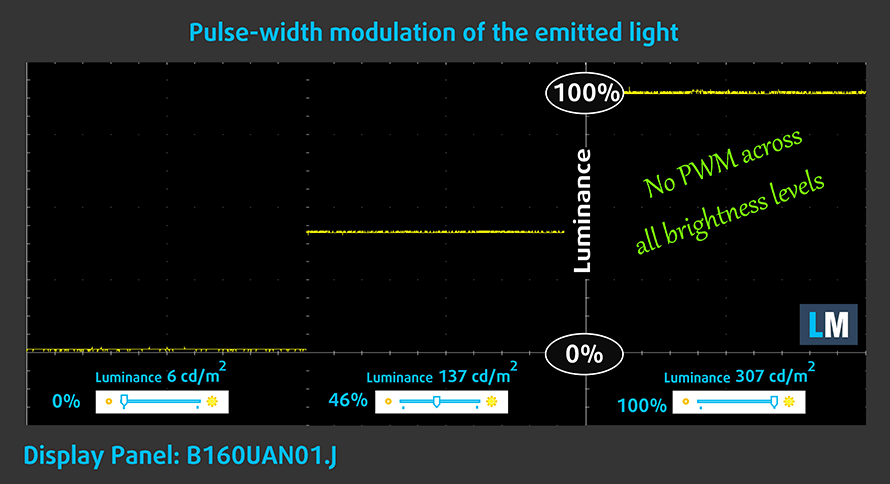
Blue light emissions
Installing our Health-Guard profile not only eliminates PWM but also reduces the harmful Blue Light emissions while keeping the colors of the screen perceptually accurate. If you’re not familiar with the Blue light, the TL;DR version is – emissions that negatively affect your eyes, skin, and your whole body. You can find more information about that in our dedicated article on Blue Light.
Gloss level measurement
Glossy-coated displays are sometimes inconvenient in high ambient light conditions. We show the level of reflection on the screen for the respective laptop when the display is turned off and the measurement angle is 60° (in this case, the result is 62.2 GU).
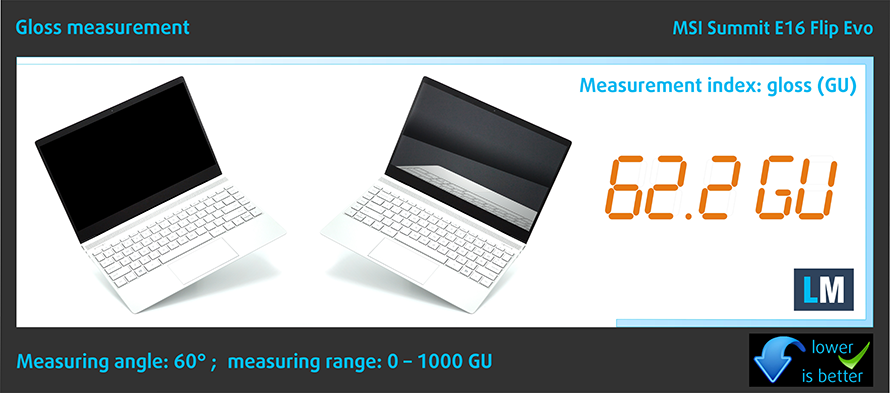
Buy our profiles
Since our profiles are tailored for each individual display model, this article and its respective profile package are meant for MSI Summit E16 Flip Evo (A12M) configurations with 16.0″ AUO B160UAN01.J (AUOA9DA) (FHD+, 1920 × 1200) IPS.
*Should you have problems with downloading the purchased file, try using a different browser to open the link you’ll receive via e-mail. If the download target is a .php file instead of an archive, change the file extension to .zip or contact us at [email protected].
Read more about the profiles HERE.
In addition to receiving efficient and health-friendly profiles, by buying LaptopMedia's products you also support the development of our labs, where we test devices in order to produce the most objective reviews possible.

Office Work
Office Work should be used mostly by users who spend most of the time looking at pieces of text, tables or just surfing. This profile aims to deliver better distinctness and clarity by keeping a flat gamma curve (2.20), native color temperature and perceptually accurate colors.

Design and Gaming
This profile is aimed at designers who work with colors professionally, and for games and movies as well. Design and Gaming takes display panels to their limits, making them as accurate as possible in the sRGB IEC61966-2-1 standard for Web and HDTV, at white point D65.

Health-Guard
Health-Guard eliminates the harmful Pulse-Width Modulation (PWM) and reduces the negative Blue Light which affects our eyes and body. Since it’s custom tailored for every panel, it manages to keep the colors perceptually accurate. Health-Guard simulates paper so the pressure on the eyes is greatly reduced.
Get all 3 profiles with 33% discount
Drivers
All drivers and utilities for this notebook can be found here: https://www.msi.com/Business-Productivity/Summit-E16-Flip-Evo-A12MX/support?sub_product=Summit-E16FlipEvo-A12MT#driver
Battery
Now, we conduct the battery tests with Windows Better performance setting turned on, screen brightness adjusted to 120 nits and all other programs turned off except for the one we are testing the notebook with. Here, you get an 82Wh battery pack, which lasts for 12 hours and 30 minutes of Web browsing, or 12 hours and 9 minutes of video playback.
In order to simulate real-life conditions, we used our own script for automatic web browsing through over 70 websites.
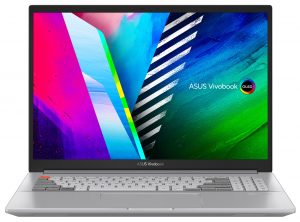
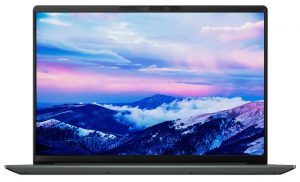
For every test like this, we use the same video in HD.


CPU options
You can get this device with the Core i5-1240P, Core i7-1260P, or Core i7-1280P.
Results are from the Cinebench R23 CPU test (the higher the score, the better)
Results are from our Photoshop benchmark test (the lower the score, the better)
GPU options
Our device bears the Evo symbol, which means that it only comes in iGPU configurations. However, if you get a non-Evo machine, it will feature the RTX 3050 (40W) or RTX 3050 Ti (40W).
Results are from the 3DMark: Time Spy (Graphics) benchmark (higher the score, the better)
Results are from the 3DMark: Fire Strike (Graphics) benchmark (higher the score, the better)
Results are from the 3DMark: Wild Life benchmark (higher the score, the better)
Results are from the Unigine Superposition benchmark (higher the score, the better)
Gaming tests

| CS:GO | HD 1080p, Low (Check settings) | HD 1080p, Medium (Check settings) | HD 1080p, MAX (Check settings) |
|---|---|---|---|
| Average FPS | 182 fps | 148 fps | 96 fps |

| DOTA 2 | HD 1080p, Low (Check settings) | HD 1080p, Normal (Check settings) | HD 1080p, High (Check settings) |
|---|---|---|---|
| Average FPS | 151 fps | 104 fps | 65 fps |
Temperatures and comfort
Max CPU load
In this test we use 100% on the CPU cores, monitoring their frequencies and chip temperature. The first column shows a computer’s reaction to a short load (2-10 seconds), the second column simulates a serious task (between 15 and 30 seconds), and the third column is a good indicator of how good the laptop is for long loads such as video rendering.
Average P-core frequency; Average E-core frequency; CPU temp.; Package Power
| Intel Core i7-1280P (28W TDP) | 0:02 – 0:10 sec | 0:15 – 0:30 sec | 10:00 – 15:00 min |
|---|---|---|---|
| MSI Summit E16 Flip Evo (A12M) | 2.72 GHz @ 2.05 GHz @ 56°C @ 62W | 2.01 GHz @ 1.60 GHz @ 51°C @ 34W | 2.05 GHz @ 1.64 GHz @ 72°C @ 34W |
| MSI Prestige 15 (A12Ux) | 2.76 GHz @ 2.27 GHz @ 72°C @ 59W | 2.74 GHz @ 2.28 GHz @ 79°C @ 59W | 2.45 GHz @ 1.98 GHz @ 84°C @ 47W |
See, the main reason for this laptop’s performance deficit compared to the Prestige 15 (A12Ux), is actually the power adapter. At 65W, the power budget it has to work with is quite limited. On the other hand, the cooling is fantastic, as the fans are barely spinning even under extreme workloads.
Comfort during full load
Since the processor is located in the left part of the laptop, it is only natural for the left side of the keyboard to heat up the most. We observed that gaming makes the laptop even warmer than 15 minutes of the Prime95 stress test.

Verdict
 MSI has done a great job with the Summit E16 Flip. It is a premium product, which will leave a positive feeling even in the more demanding users. It offers a great battery life of roughly 12 hours of light use, which is a feat of glory for a 165Hz display. In addition to that, the company provides an MSI Pen inside the box, which is good news for designers, photographers, and pretty much everyone that loves to express themselves creatively.
MSI has done a great job with the Summit E16 Flip. It is a premium product, which will leave a positive feeling even in the more demanding users. It offers a great battery life of roughly 12 hours of light use, which is a feat of glory for a 165Hz display. In addition to that, the company provides an MSI Pen inside the box, which is good news for designers, photographers, and pretty much everyone that loves to express themselves creatively.
Even though the design is fantastic, you have to keep in mind that cleaning the fingerprints would be a pain in your onion ring. They are so persistent that the second you’ve cleaned one spot, another place gets smudged. Another annoying factor is the lack of memory expansion. This is because the laptop comes with soldered LPDDR5 RAM, which thankfully runs in quad-channel mode.
MSI Summit E16 Flip Evo (A12M)’s IPS touchscreen panel has a Full HD+ resolution (due to the 16:10 aspect ratio), comfortable viewing angles and a decent contrast ratio. Furthermore, it covers 100% of the sRGB color gamut, and you get a very good color accuracy with our Gaming and Web design profile. Thankfully, the panel doesn’t use PWM for brightness adjustment, making long periods of use a hassle-free experience.
Do you know what is the sweetest feature though? The 165Hz refresh rate is paired with quick pixel response times, which means that you not only get a smooth image but also one with very little if no ghosting. Unfortunately, there is one thing that ruins the show – a rather high non-uniformity of the colors across the display.
Obviously, the display is this laptop’s X factor. However, the performance is not bad either, as the Core i7-1280P brings desktop-like results. Unfortunately, the Evo version of this laptop is limited by its 65W charger, and we expect the A12U iterations to be a lot more potent. Interestingly, the cooling solution doesn’t depend on the hardware. This makes us think that MSI didn’t believe the laptop is going to sell very well, so they made both versions with the same cooling setup to get better pricing.
With that said, a Core i7-1280P may be an overkill for this particular device, and it would be best to save some Schrute bucks and get the Core i7-1260P. Regardless of your choice, you will be happy with the purchase of the MSI Summit E16 Flip Evo (A12M). We would also want to encourage manufacturers to use fast-refresh-rate displays more casually as MSI did with this device.
You can check the prices and configurations in our Specs System: https://laptopmedia.com/series/msi-summit-e16-flip-12ux/
Pros
- 2x Thunderbolt 4, Wi-Fi 6E connection, and a MicroSD card reader on board
- M.2 PCIe x4 Gen 4 support
- Thin aluminum body
- PWM-free display (AUO B160UAN01.J (AUOA9DA))
- Good battery life
- 100% sRGB coverage and accurate colors with our Gaming and Web design profile (AUO B160UAN01.J (AUOA9DA))
- 165Hz refresh rate with quick pixel response times (AUO B160UAN01.J (AUOA9DA))
- IR and fingerprint Windows Hello login
Cons
- 65W charger is a limiting factor on the Evo model
- Memory is soldered to the motherboard (but works in quad-channel mode)
